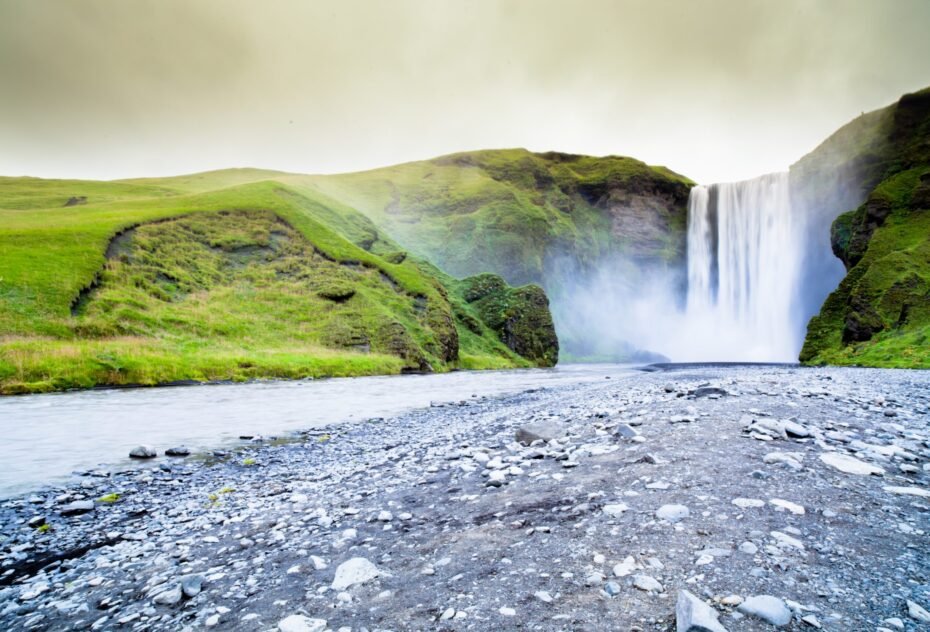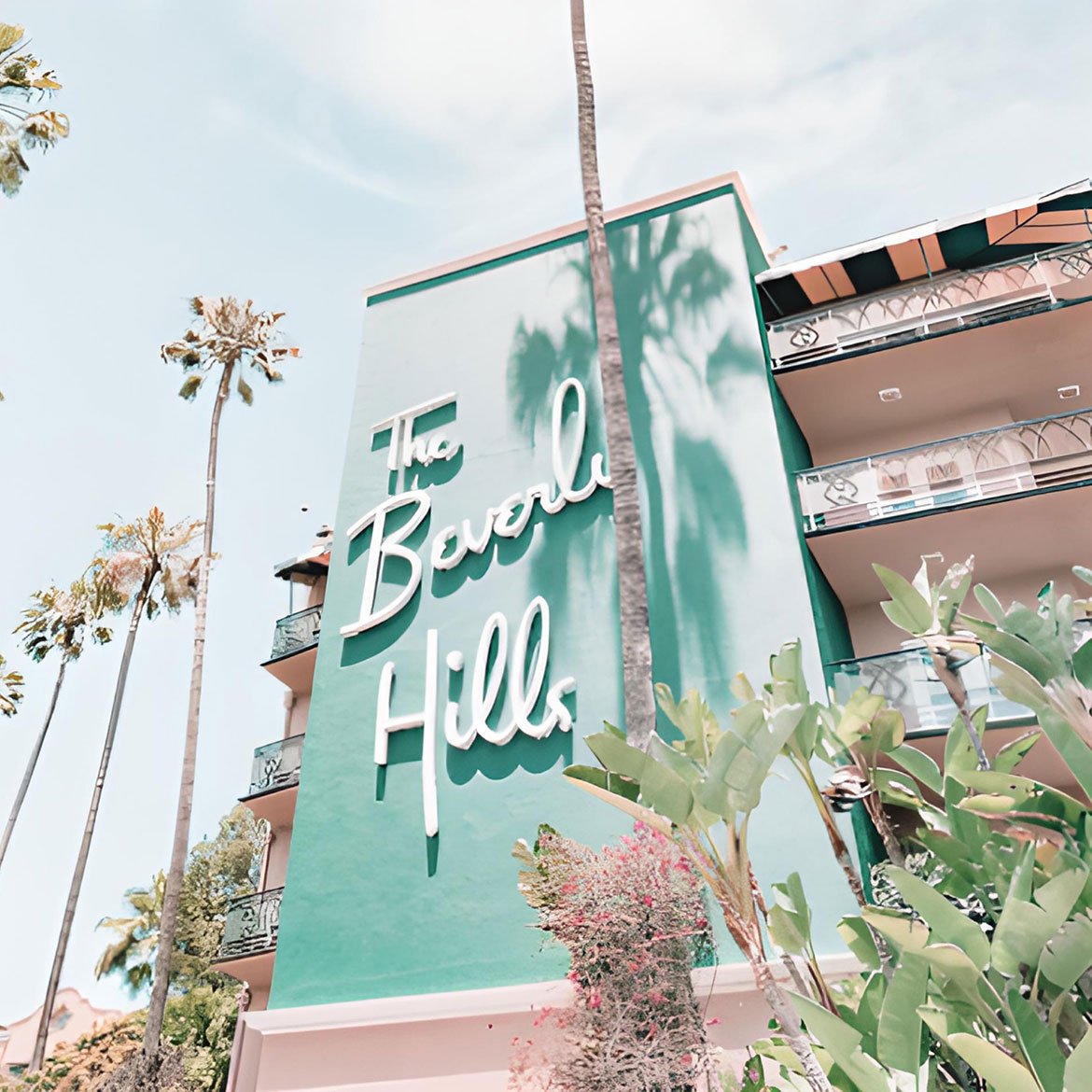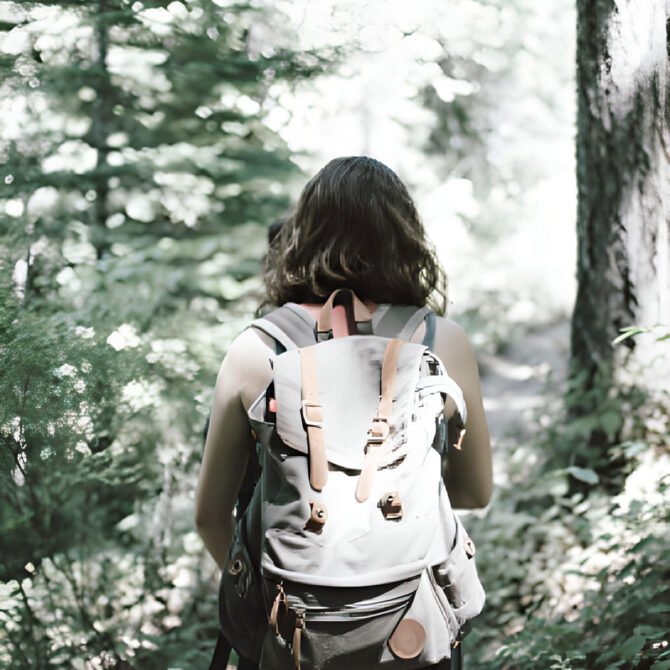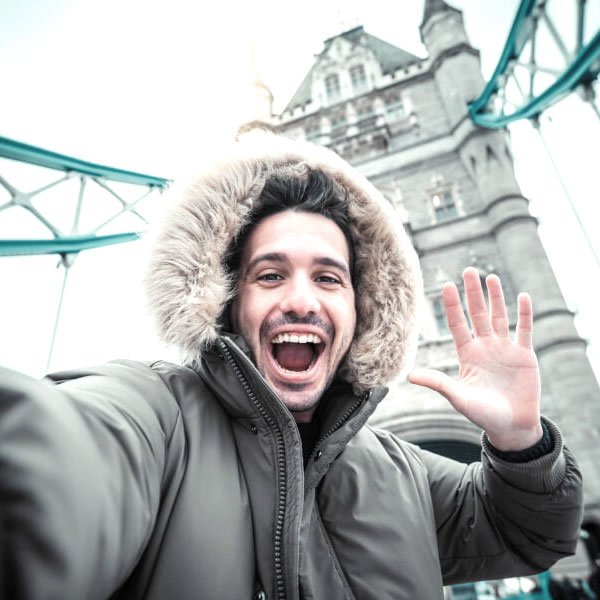Exploring the Temples and Traditions of Korea
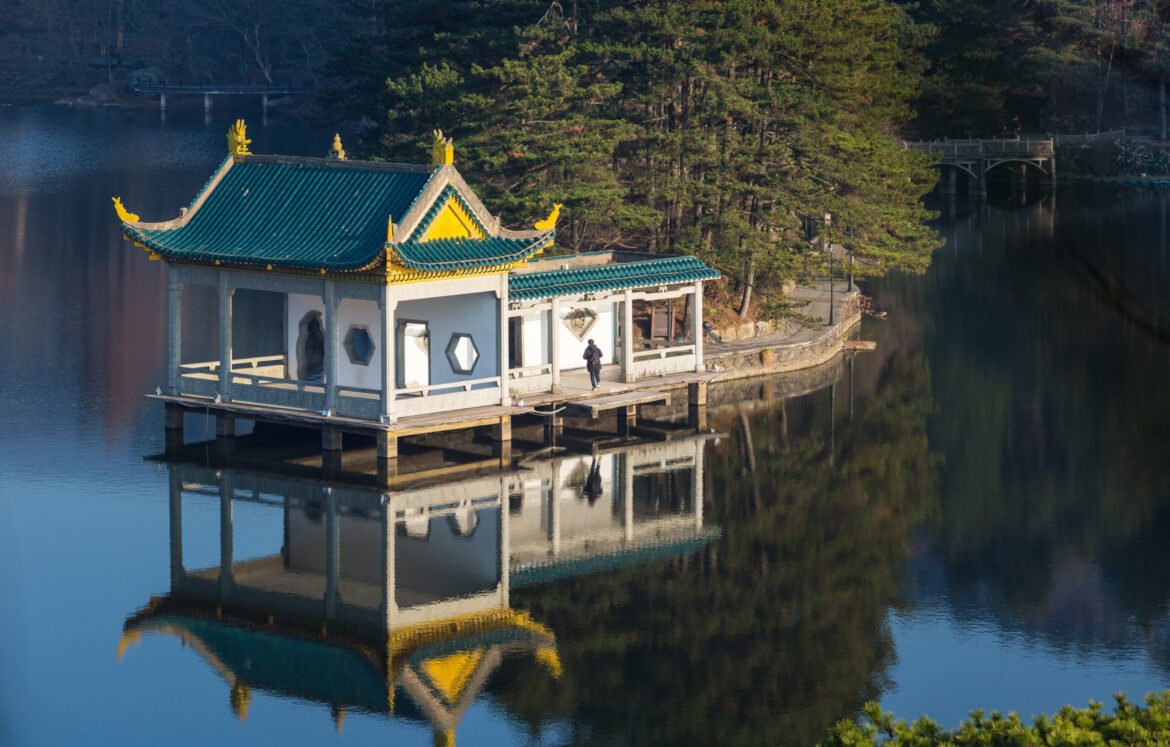
Where ancient incense lingers, and timeless rituals unfold beneath painted eaves.
South Korea is often praised for its cutting-edge technology, neon-lit cityscapes, and global pop culture — but at its heart lies a deep and enduring connection to spiritual tradition and Buddhist heritage. To explore the temples and traditions of Korea is to enter a world where time slows, footsteps soften, and even the breeze seems sacred.
At Uncharted Sanctuary, we invite travelers to go beyond the modern — and discover the timeless grace that lives in Korea’s mountain monasteries and ancient customs.
The Temple as a Living Sanctuary
Korean temples are not just architectural wonders — they are living sanctuaries of prayer, meditation, and monastic life. Tucked into forests, cradled by misty mountains, or perched beside streams, each temple seems intentionally placed to reflect oneness with nature.
Among the most revered:
-
Bulguksa Temple (Gyeongju) – A UNESCO World Heritage site, where stone pagodas whisper tales of the Silla Dynasty.
-
Haeinsa Temple (Gayasan National Park) – Home to the Tripitaka Koreana, the world’s oldest woodblock Buddhist scriptures.
-
Beopjusa Temple (Songnisan) – Known for its towering golden Buddha and five-story wooden pagoda.
“I woke to the sound of a moktak (wooden bell) and monks chanting in the cold morning air. It felt like the mountains were breathing with us.”
— @seekingstillness, #UnchartedKorea
Temple Stay: Experiencing Monastic Life
One of the most intimate ways to connect with Korea’s traditions is through a Temple Stay — a cultural program that allows visitors to live like a monk for a day or more.
Expect:
-
Early morning meditation at dawn
-
Chanting and bowing ceremonies
-
Balwoogongyang – a mindful, silent communal meal
-
Tea ceremonies, walking meditations, and calligraphy workshops
Far from touristy, this experience is designed to help you disconnect from the noise and return to stillness.
The Harmony of Korean Buddhism
Korean Buddhism blends spiritual practice with Confucian influence and shamanistic roots, creating a uniquely serene and ritual-rich experience.
Core values include:
-
Mindful simplicity (non-attachment, harmony with nature)
-
Compassion for all beings
-
Balance of body, breath, and mind through meditation
Temples aren’t just places of worship — they are portals into the Korean way of life, where reverence, rhythm, and ritual still shape daily existence.
Traditions That Continue to Breathe
Beyond temple grounds, Korea’s spiritual traditions echo through festivals, ancestral rites, and quiet gestures:
-
Seollal (Lunar New Year) – Families wear hanbok, bow to elders, and honor ancestors with food and memory.
-
Chuseok (Harvest Festival) – A time of gratitude, song, and seasonal dishes like songpyeon.
-
Jesa – An ancestral memorial ceremony practiced in homes, symbolizing the living bond between past and present.
You’ll find tradition in the way tea is poured, shoes are placed at the door, or pine incense is lit at a roadside altar.
Where to Begin Your Journey
To truly explore Korea’s spiritual heritage, don’t just visit the temples — experience them.
Try:
-
A sunrise hike to Seokguram Grotto followed by silent reflection
-
A temple stay at Golgulsa, where you can learn Sunmudo (Zen martial arts)
-
An autumn pilgrimage to Baekyangsa Temple, framed in fiery foliage
Share the Stillness, Carry the Wisdom
What temple left you speechless?
What ritual made you feel grounded, even far from home?
At Uncharted Sanctuary, we invite you to share the moments of peace and presence you found among Korea’s sacred spaces.
📌 Use #UnchartedKorea or #TempleTrails
📷 Share your story, your sunrise, your breath
📝 Submit your reflection at unchartedsanctuary.com
Exploring the temples and traditions of Korea is not about stepping back in time.
It’s about stepping inward — into silence, simplicity, and something ancient that still lives within us.
Let the bell ring.
Let the incense rise.
Let your journey deepen.






